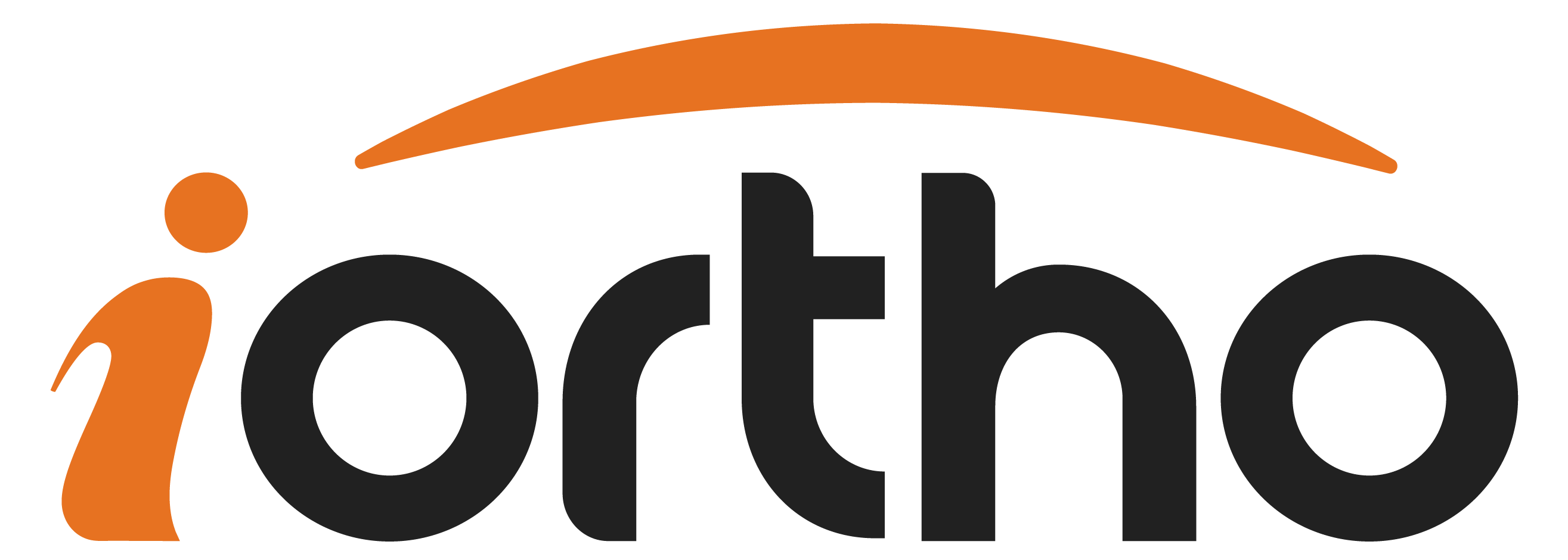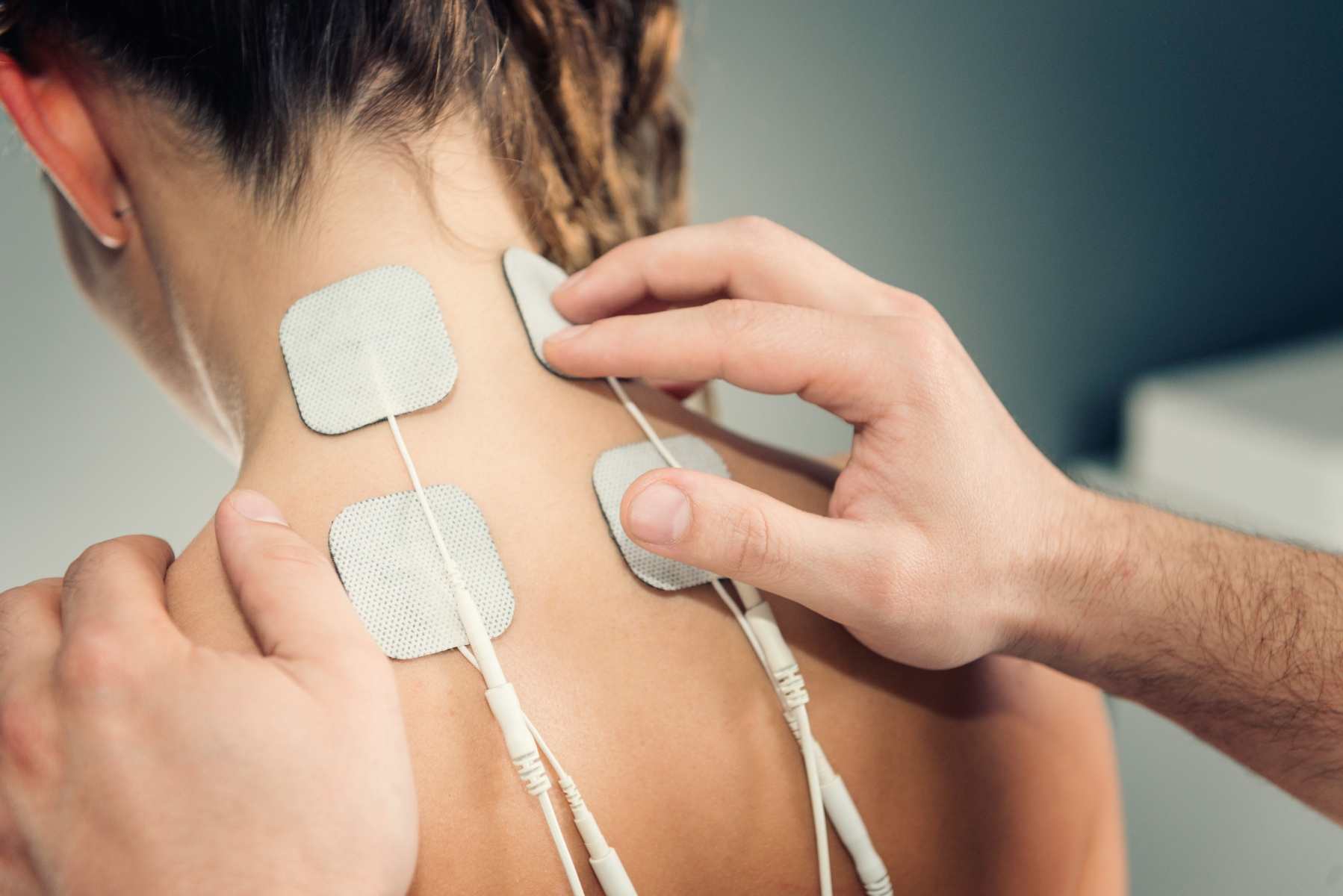The elbow is a surprisingly complex joint, allowing the arm to extend and flex, and anchoring the forearm as it rotates back and forth. Since it is a complex joint, there are many possible causes of elbow pain. Fortunately, doctors can usually determine a person’s precise cause of elbow joint pain.
Causes of Elbow Pain
When doctors evaluate someone with elbow joint pain, they consider all of the possible causes of pain in the elbow, also known as the differential diagnosis. They then use history, physical examination, and radiological testing to narrow the differential diagnosis until they determine why someone’s elbow hurts.
The differential diagnosis of elbow joint pain is quite long (see Table).1 The most common causes of elbow pain are shown in bold, and the list is divided into four sections, depending on the source of the elbow pain:
- Anterior (front; the soft part of the elbow that disappears when you flex the arm)
- Lateral (the outside edge, facing away from the body or forward when the arm is at rest)
- Medial (the inside edge, facing toward the body or backwards when the arm is at rest)
- Posterior (back; the large, bony part of the elbow)
The Differential Diagnosis of Elbow Pain (The Causes of Elbow Pain) |
|
| Anterior
|
Anterior capsule strain
Biceps tendinopathy Gout Intra-articular loose body Osteoarthritis Pronator syndrome Rheumatoid arthritis
|
| Lateral
|
Lateral epicondylitis (tennis elbow)
Osteochondral defect Plica Posterolateral rotatory instability Radial tunnel syndrome/posterior interosseous nerve syndrome |
| Medial
|
Cubital tunnel syndrome
Medial epicondylitis Ulnar collateral ligament injury Valgus extension overload syndrome
|
| Posterior
|
Olecranon bursitis
Olecranon stress fracture Osteoarthritis Posterior impingement Triceps tendinopathy
|
Focusing on the Common Causes of Elbow Pain
Most people seeking help for elbow pain will have one of those problems listed in bold in the table. Here is a little more information about each of those common conditions:
- Biceps tendinopathy – Often caused by repeated flexing of the arm (e.g. dumbbell curls) and/or forearm rotation. Usually causes vague elbow joint pain.
- Lateral epicondylitis (tennis elbow) – Often caused by repeated overuse (e.g. using a tennis racket). Pain is worse while gripping something with the hand. Grip strength in the hand is weaker than normal.
- Osteochondral defect – Most common in athletes who use their arms over their heads (e.g. gymnasts). The elbow joint may “catch” or “latch,” and affected individuals may not be able to fully extend the arm.
- Radial tunnel syndrome/posterior interosseous nerve syndrome – Caused by repetitive forearm rotation (e.g. turning a screwdriver or wrench). Affected individuals experience a vague pain in the forearm, but pushing on the tendons in the front of the wrist causes pain.
- Cubital tunnel syndrome – The ulnar nerve is compressed as it passes through the elbow joint, which causes numbness and tingling in the forearm and hand, usually the ring and little fingers. Like radial tunnel syndrome, tapping on the tendons in the front of the wrist causes pain.
- Medial epicondylitis – May cause generalized pain on the inside edge of the elbow joint, closest to the body. Pressing near the joint causes significant pain. People with medial epicondylitis will experience substantial pain when someone resists their ability to turn the palm of their hand downward (i.e. pronation).
- Ulnar collateral ligament injury – Most commonly occurs in athletes who use their arm to throw something (e.g., pitchers, quarterbacks, javelin throwers). This pain is closely associated with an injury. In other words, affected individuals can usually remember exactly what happened when the elbow joint pain started. In fact, many people report a “pop” in the elbow.
- Olecranon bursitis – The bursa or fluid filled sac in the elbow becomes inflamed and causes elbow joint pain. This may or may not be due to infection. If olecranon bursitis is due to infection, the joint will become red and tender, and the affected individual may develop a fever. If it is not infectious, the area will simply be swollen. The inflamed bursa can usually be felt just under the skin in the elbow.
- Posterior impingement – Most commonly occurs in athletes who use their arms for throwing (e.g., pitchers, quarterbacks, javelin throwers). Pain will occur in the back of the elbow when the elbow is fully extended.
- Triceps tendinopathy – Most commonly occurs in bodybuilders and people who must lift heavy objects by extending their arm. People with triceps tendinopathy will experience pain when extending the arm against resistance.
Why Does My Elbow Hurt?
Given the many causes of pain the elbow, the answer to the question, “Why does my elbow hurt?” is not always straightforward. The most reasonable approach is to consult an orthopedic surgeon to accurately diagnose the source of the elbow joint pain. Once diagnosed, the doctor can also provide treatment.
As you can see from the table, identifying the location of the elbow pain is the first step. Isolating the pain to one of the four anatomical locations substantially narrows the list of possibilities. Your doctor will then ask about the quality of the pain. Is it sharp? Does it feel like electric shocks or pins and needles? Does anything provoke the pain or make it better? Have you lost strength in the forearm or hand? Answers to these questions help to further narrow the list of possible causes.
Your surgeon will also perform a physical examination, testing the elbow joint, arm, and hand in various ways. If there is any doubt about why your elbow hurts after this exam, your orthopedic surgeon may order an imaging study. The most helpful studies for elbow pain are magnetic resonance imaging (MRI) and ultrasound.
If you are experiencing elbow pain, it is best to have it evaluated by the experts. The orthopedic surgeons at Regional Orthopedics provide state-of-the-art diagnostic testing and multidisciplinary care. Contact iOrtho The Orthopedic Institute today to schedule an appointment.





